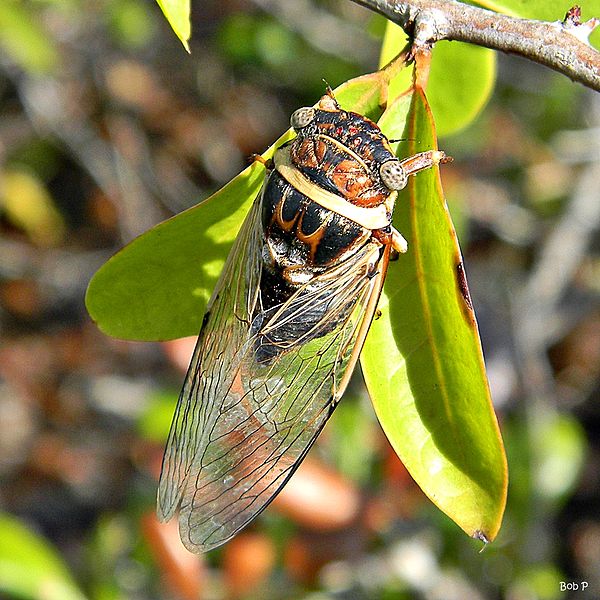
Bob PetersonThis time we are ready for you and your noise.
Every 13 to 17 years, the Magicicada come. That’s the name of a particular genus of periodical cicada, but you probably know them as “what the hell is that racket.” They make a lot of noise, is what I’m saying. The last time the cicadas came I remember complaining about it a lot. This year, I am more mature. And that’s why I’m excited that, thanks to radio station WNYC and a simple kit that you can buy for $80, this year I will be putting aside my annoyance to instead eagerly track the arrival of the cicada brood.
Here’s how it works, according to Fast Co.Exist:
WNYC’s Cicada Tracker project asks volunteers to build simple temperature detection units, and place them eight inches below the ground. When the soil reaches 64 degrees, according to previous years, Magicicada will start appearing. WNYC wants people to send in readings from across the region, so it can follow the insects’ progress.
To build the sensor, all you need is $80, and a little patience. The components, including an Arduino board and a few leads, are available from Radio Shack, or online. And WNYC’s website includes easy-to-follow 29-step instructions. Apparently, it should take about two hours to assemble.
I have $80. I have two hours. “A little patience” I might have to track down somewhere, but luckily, I will be able to do so before these little guys get going with their infernal racket.



